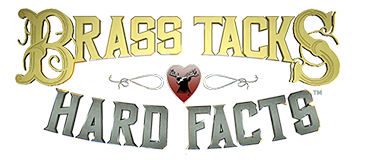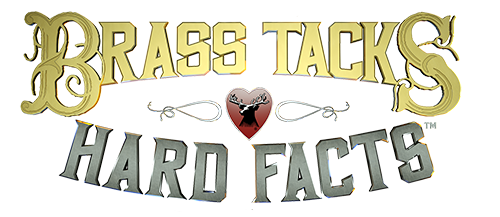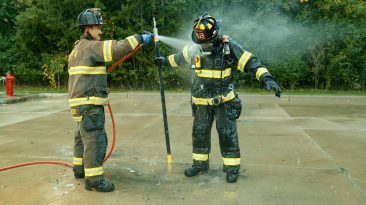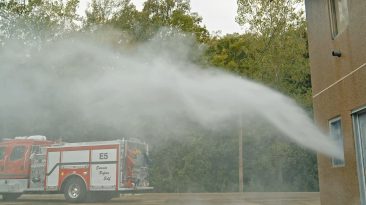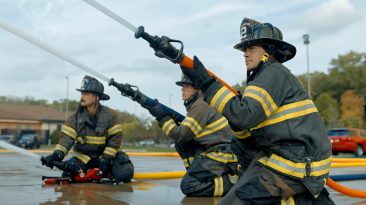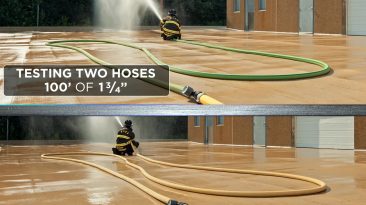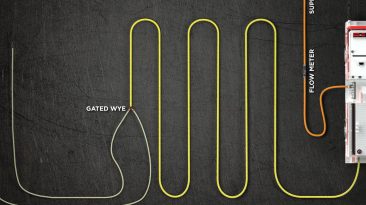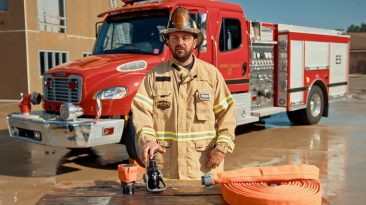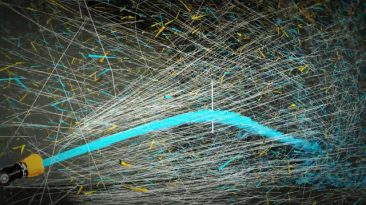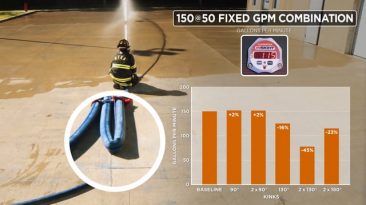Its never been more important to remove contaminates from gear & equipment.
LATEST IN Topics of the Trade
Jon Hall shows the effectiveness of hydraulically ventilating a smoke-filled room with both smooth bore and fog nozzles.
Common line selections can have a major impact on getting water on the fire.
In this episode Dennis LeGear explains why modern hose coefficients can be tricky and why it is important to test your own fire attack system.
In Part 2 of 2, Daryl Liggins and Dennis LeGear review gated wye operations with modern flows.
In Part 1 of 2, Daryl Liggins and Dennis LeGear review in detail gated wye operations, specifically legacy operations.
As the American Fire Service keeps trending towards high flow, low pressure attack packages it is important to understand what Dennis LeGear refers to as ‘gold standard’ for fire stream development in this episode.
Stream movement and stream angle have a major impact on fire attack and getting water to the seat of the fire.
THE LOST EPISODE! We are excited to share with all of you “The Lost Episode” of Brass Tacks & Hard Facts.
In the well-read October 2007 Fire Engineering Article “How Kinks Affect Your Fire Attack System” Jerry Knapp along with Tim Pillsworth, Christopher Flatley, and Doug Leihbacher go into great detail how kinks affect your fire flows.
